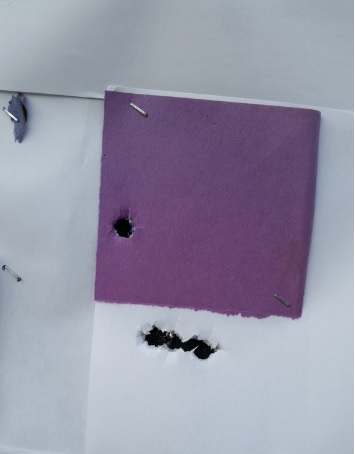- Joined
- Mar 23, 2015
- Messages
- 5,010
- Reaction score
- 3,585
I have a well used rifle that is a couple of years older than yours. It has always done well when the barrel is unfired after cleaning with a .490 ball with mattress ticking patch, and way back when with Crisco (although now I use Hoppes BP lube), 80 grains ffg Goex for deer hunting.
For targets at 50 yards or less I reduce the charge to 50 grains and use a spit patch. TCs like a tight patch.
For targets at 50 yards or less I reduce the charge to 50 grains and use a spit patch. TCs like a tight patch.






